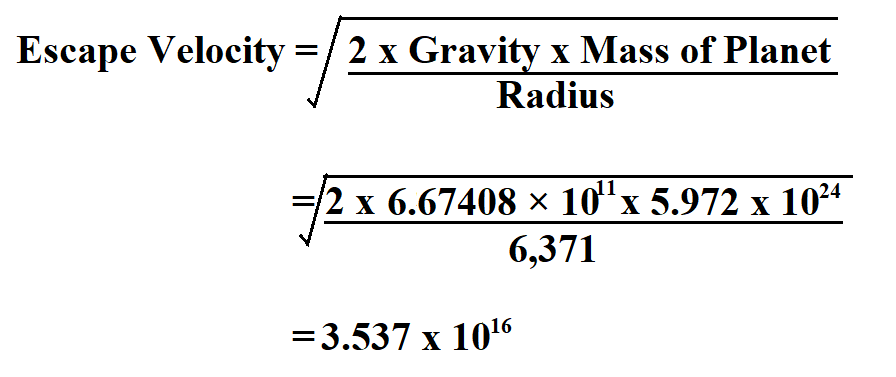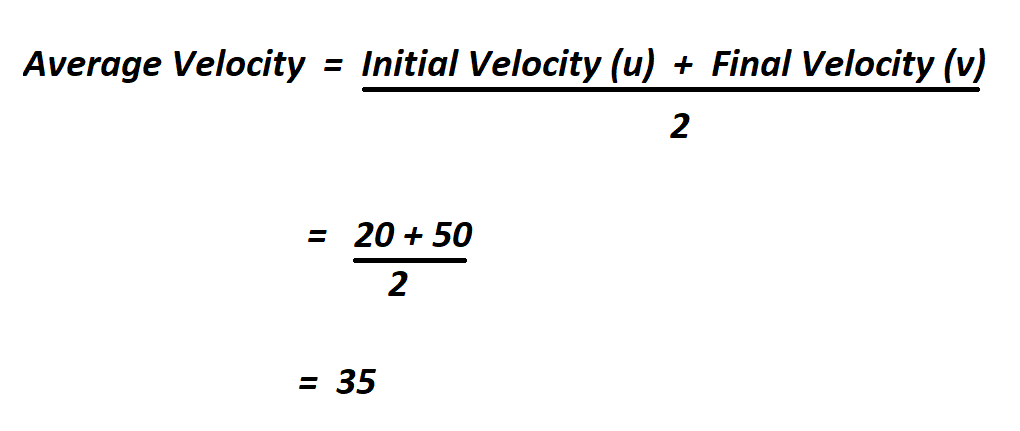

Randomized Variables h-5.2 km d- 1.25 kg/n3 50 Part (a) Calculate the velocity in the absence of air drag in m/s. Multiply by 9.8, divided by 0.45 Multiply by 1.3, multiply by 10 to the power minus five, most of my by 1.21 and that is equal to 9.63 meter per second. (7) Problem 9: Calculate the velocity a spherical rain drop would achieve falling (taking downward as positive) from 52 km in the following situations. And now, by substitution in equation number two, we is equal to root to multiply by 3.35 times 10 to the dollar minus five. Stand to the volatile minus five meters square minus five meter square right, and the Drake coefficient for sphere is, UH, 0.45 right. Well, let is equal to why are square and buy into our But that's two times 10 to the dollar, minus three whole square. Excuse me for the accidents facing India. And the fencing area, right? Yeah, If it's the fessing any remember I said fluid. Multiply by for by divided by three Multiply by two times 10 to the power minus three to the power three in therefore, Marcy equals 3.35 time. (tends to distort the drop) to surface tension (tends to keep the drop spherical). Well, so em is equal to 10 to the power three. terminal velocity and the impact velocity of raindrops falling from a. Well, uh, William is four divided by trade by our will, our is t by two. Well, the muscle of the rain drug is given by but most of the rain drop em is equal to ah, density times the volume. And now, uh, let's say this is equity number two. Lost to too fast is given by V Is equal to root are to multiply by m multiply BG divided by ah, density off air wanted lively See Multiply by any. The terminal forces evening that the raindrop reaches determinant. Beautiful second, right? No, we don't want to be well.

Um, I have, uh, zero, and he should lost his zero to multiply by 9 28 times the height. Let's call the secret number one and doing substitution. In absence of trade force, they've lost Two of the raindrop is given by the APP Square is able to re I square less are two g etch.

Well, density of air is equal to 1.21 Oh, kilogram. Uh, that is my by our straighter and then tends to off air. Multiply by 10 to the power three kilogram or a cubic meter and then ideo field. Trope the lettuce people to one point cereal, cereal or density of water. Meet her and then we have a density of water. And then we have a diameter that is able to four millimeter in four millimeters 10 time for multiply by 10 to the power minus three. Wilhite is equal to five kilometer right and five kilometer is equal to five times 10 to the power three meter. White arrow indicates the direction of gravity.
#CALCULATE THE VELOCITY OF A SPHERICAL RAINDROP DOWNLOAD#
These factors affect the falling rain drop’s Reynolds number in air along with the water surface tension and viscosity which determines shape and breakup velocity of a drop.Well, let's write down the given detail. Download scientific diagram Image of a raindrop (d 0 4.5 mm) falling at terminal velocity (U t 8.8 m s 1 ). Rain drop maximum speed is dependent on multiple factors which include air temperature, water drop temperature, air density and atmospheric pressure. In case of rain drops due to mass of drop weight acts in downward direction and viscous force of air acts in upward direction. Terminal velocity is speed of the object when net force on the object is zero. As found in literature, the characteristic raindrop diameter is the theoretical diameter a raindrop would have if it was perfectly spherical with the same exact volume of water as the real non-spherical drop.

Raindrops of anything but the smallest sizes (< Ø0.7 mm) are not spherical. Rain drops fall with terminal velocity due to the viscosity of air. Raindrop shape, size, mass, volume calculator. Raindrops are of different sizes, and the smaller raindrops are traveling about 2 mph. That kind of speed can cause compaction and erosion of the soil by their force of impact. Hence, the terminal velocity of a big raindrop is 24m/s. A large raindrop, about one-quarter of an inch across or about the size of a house fly, has terminal fall speeds of about 10 meters per second or about 20 mph. Therefore, terminal velocity of the big drop is 4 square = 16 times the terminal velocity of each small drop = $1.5 \times 16 = 24m$ Since volume is directly proportional to cube of radius, this implies that the radius of the big drop is 4 times the radius of each small drop. Thus, the volume of the bigger drop = 64 times the volume of each small drop. Since mass is conserved and density remains the same, upon coalescing, the volumes will add up. Terminal velocity is directly proportional to the square of the radius of the spherical body.


 0 kommentar(er)
0 kommentar(er)
